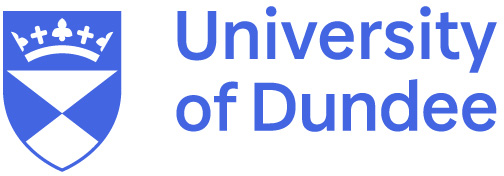OMERO is free open source client-server software for managing, visualizing and analyzing microscopy images and associated metadata.
Call for Participation
OMERO allows scientists to securely store their microscopy images while making those images shareable and available from anywhere via the Internet
for yourself and other users sharing your OMERO instance. You can also use OMERO to publish your images to the world if you choose to do so.
We are very glad to have Professor Jason Swedlow and his team from the University of Dundee, UK to discuss in details at this follow-on webinar.
Any student / researcher dealing with scientific images is more than welcome to join this workshop.
For further enquires and information:
RIKEN BDR, Laboratory for Developmental Dynamics
E-mail: onami-sec[at]riken.jp
Presenters:

Prof. Jason Swedlow FRSE
Professor of Quantitative Cell Biology
Jason Swedlow earned a BA in Chemistry from Brandeis University in 1982. He performed his PhD in Biophysics with Profs D. A. Agard and J. W. Sedat, finishing in 1994. Dr Swedlow was a postdoctoral fellow at UCSF and then Harvard Medical School from 1994 and 1998, supported by a Damon Runyon Walter Winchell Cancer Research Fund Fellowship from 1995 to 1997. In 1998, Dr Swedlow established his own laboratory at the Wellcome Trust Biocentre, University of Dundee, Scotland as a Principal Investigator and Wellcome Trust Career Development Fellow. He was awarded a Wellcome Trust Senior Fellowship in 2002, and named Professor of Quantitative Cell Biology in 2007. His lab focuses on studies of mitotic and interphase chromosome structure and dynamics. He is Co-Director of the Analytical and Quantitative Microscopy Course. He is co-founder of OME (along with Peter Sorger and Ilya Goldberg).

Dr. Petr Walczysko
QA Software Specialist
Petr Walczysko joined the OME project in October 2012 as a software specialist for testing and quality assurance. He studied at Charles University of Prague where he received Master of Science degree in Physics and the University of Freiburg in Germany where he received PhD in Biology. Throughout his PhD studies and his further career as a researcher he was intensively using conventional, confocal and multiphoton fluorescence microscopy applications on biological systems. He was adapting these optical microscopy techniques for particular biological problems, and also worked on the subsequent image analysis of microscopic images in a range of image analysis programmes. He enjoys yoga, reading and chess.

Dr. Jean-Marie Burel
Senior Software Architect
Jean-Marie Burel joined the staff of the Swedlow lab in 2003. Since then, he's been contributing to the development of OME, and spends most of his time working on the OMERO.insight project. He received is PhD in mathematics from the University of Brest in 2000. His research interests lie in the area of harmonic maps, harmonic morphisms and geometric structure. After his PhD, he worked in a private company as developer then moved (September 2001) to Lund University, Sweden, where he held a post-doctoral research position. Jean-Marie now enjoys the muddy rugby pitches of Scotland.

Josh Moore
Senior Software Architect
Josh Moore is an American developer living in Walluf, Germany, with his wife and two kids. With a background in machine learning and distributed computing, Josh began work on the OMERO Java server in the Spring of 2005 as part of the Swedlow Lab, after evaluating use of the OME Perl server for the Mitocheck project while in the iBios group at the DKFZ, Heidelberg, Germany. Before that he was a German-language pre-school teacher at a Montessori school in Alabama, of all things. He's a lisp-loving, Aikido-practicing, vegan with interests in RDF, HDF, and various other three letter acronyms.









